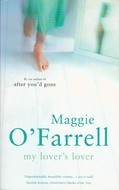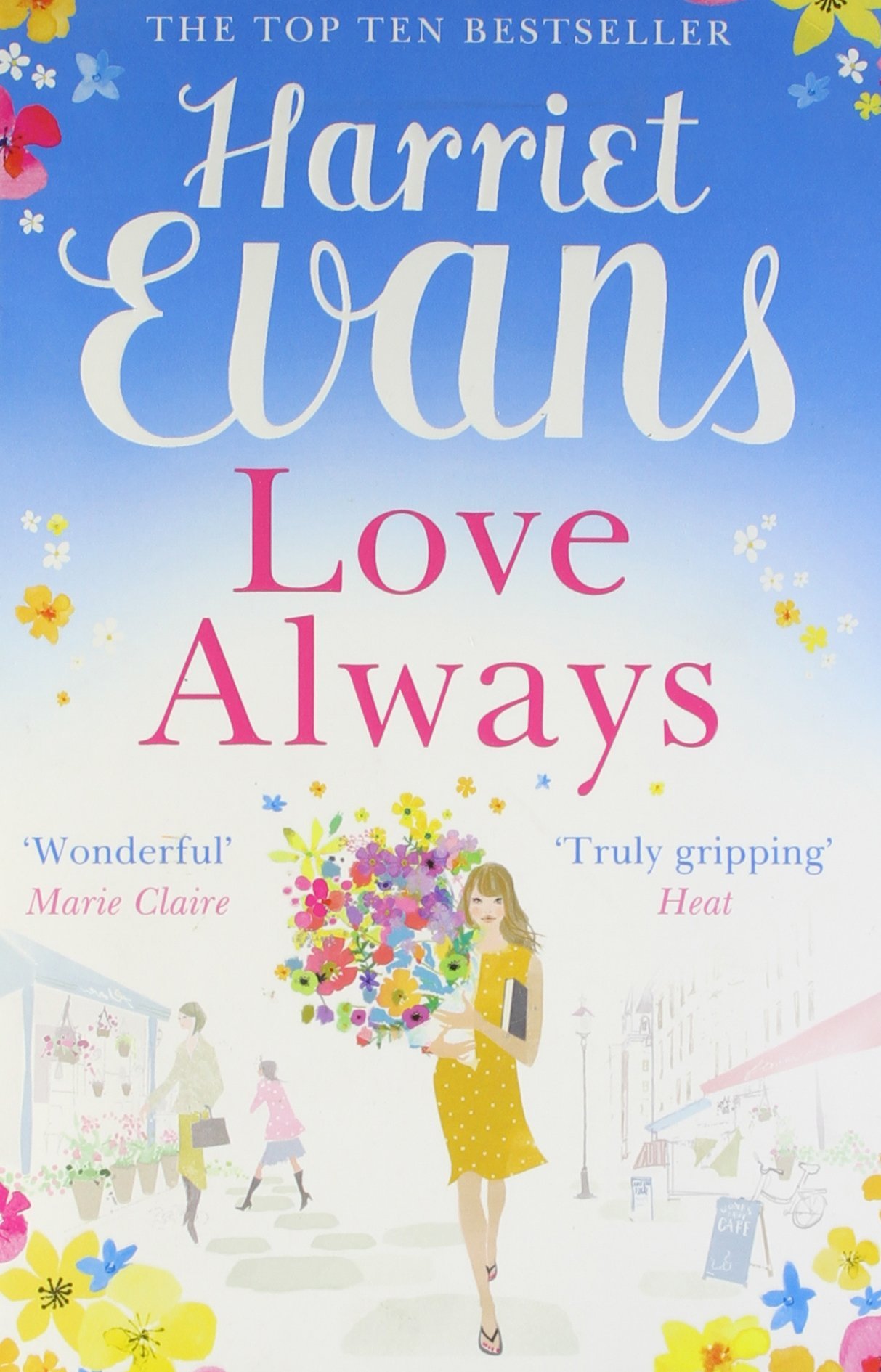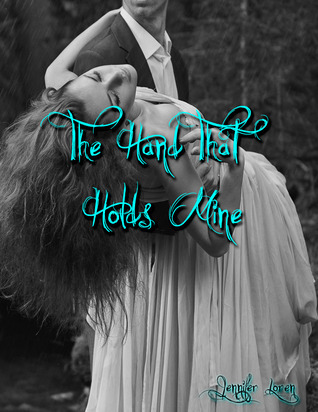
The Hand That First Held Mine
Book Description
Two intertwined lives collide across time, marked by love, longing, and the desperate search for identity. In the vibrant chaos of London, Elina discovers the bittersweet ache of motherhood, while another woman, held captive by her past, grapples with choices that could unravel everything. Secrets lurk in every corner, threatening to redefine their realities and challenge their most precious relationships. With every page, tensions mount, and the stakes rise as the two women's worlds dangerously edge closer. What happens when the hand that first held mine begins to fade?
Quick Book Summary
"The Hand That First Held Mine" by Maggie O'Farrell is a lyrical exploration of identity, memory, and the bonds that tie generations. The novel unfolds in parallel narratives: in postwar London, Lexie Sinclair forges an independent path as an ambitious young journalist, falling deeply in love and encountering both triumph and heartbreak. Decades later, in contemporary London, new mother Elina battles trauma and confusion after a near-fatal birth, alongside her partner Ted, who is compelled to confront buried childhood memories. Gradually, the two storylines entwine through hidden secrets, revealing how the past not only shapes the present but also influences the ways we love, remember, and belong. O'Farrell delicately unearths the ties that bind mothers and children, lovers and strangers, across time.
Summary of Key Ideas
Table of Contents
Intergenerational Connections and Legacy
Set between the bustling 1950s Soho art scene and modern-day London, the novel alternates between the lives of two women. Lexie Sinclair escapes her rural upbringing for the vibrancy of London, where she becomes a journalist and muse, thriving amid creative circles and a passionate, tumultuous romance. Her story is suffused with ambition and the constant tension between self-fulfillment and societal expectations.
Motherhood: Transformation and Challenge
Parallel to Lexie’s journey is Elina’s, a contemporary artist who has just survived a harrowing birth experience. Struggling with memory lapses and postpartum confusion, Elina’s world is uncertain and unstable. Ted, her partner, finds himself plagued by inexplicable flashbacks and unresolved questions about his own childhood, setting both of them down a path of self-discovery that tests the limits of their relationship.
Memory, Trauma, and Self-Discovery
As the chapters progress, O’Farrell weaves a tapestry of connection, gradually revealing the secret ties that link Lexie and Elina. The exploration of memory and loss—Ted’s fragmented recollections and Lexie’s unspoken past—underscores how hidden histories shape the present. The tension builds as the mysteries at the heart of both women’s lives begin to converge in poignant and unexpected ways.
The Role of Art and Creativity in Identity
Throughout, the novel meditates on the life-altering power of motherhood. Both Lexie and Elina experience joy, fear, and transformation as they embark on the journey of raising children. O’Farrell renders these intimate moments with sensitivity, honesty, and emotional depth, highlighting the endurance required and the love that persists amid adversity.
Art and creativity serve as both backdrop and catalyst, providing purpose and identity to the characters. The visual world of postwar London, the evocative artistic pursuits of Elina, and the struggle to define one’s place in a changing society all reinforce the central theme: that the acts of remembering, loving, and creating are intertwined legacies passed from one generation to the next, shaping who we become.
Download This Summary
Get a free PDF of this summary instantly — no email required.





